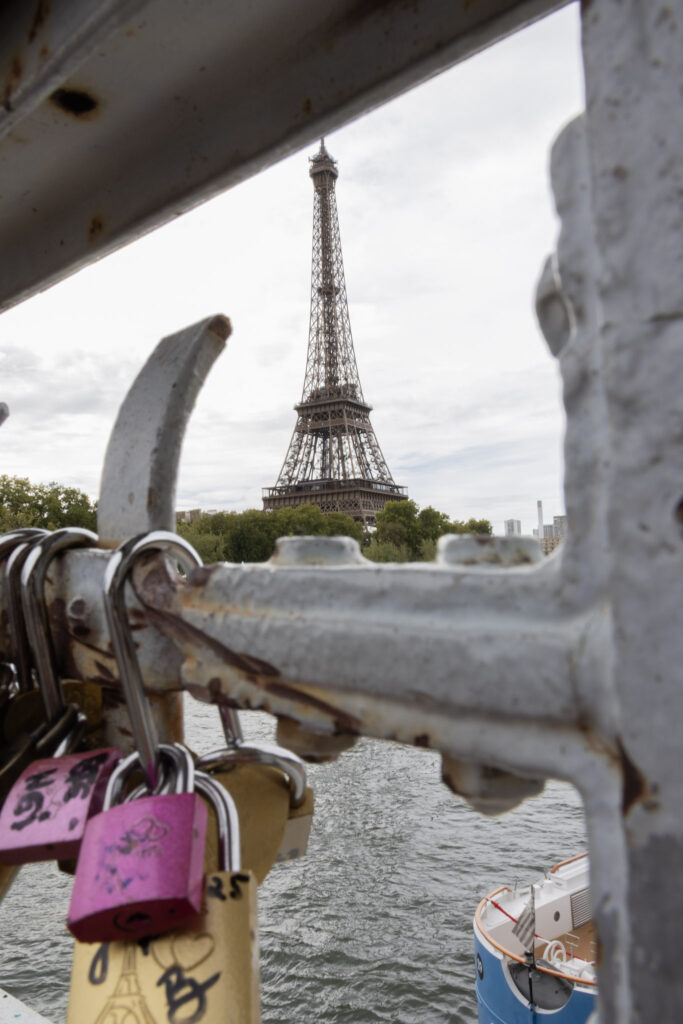
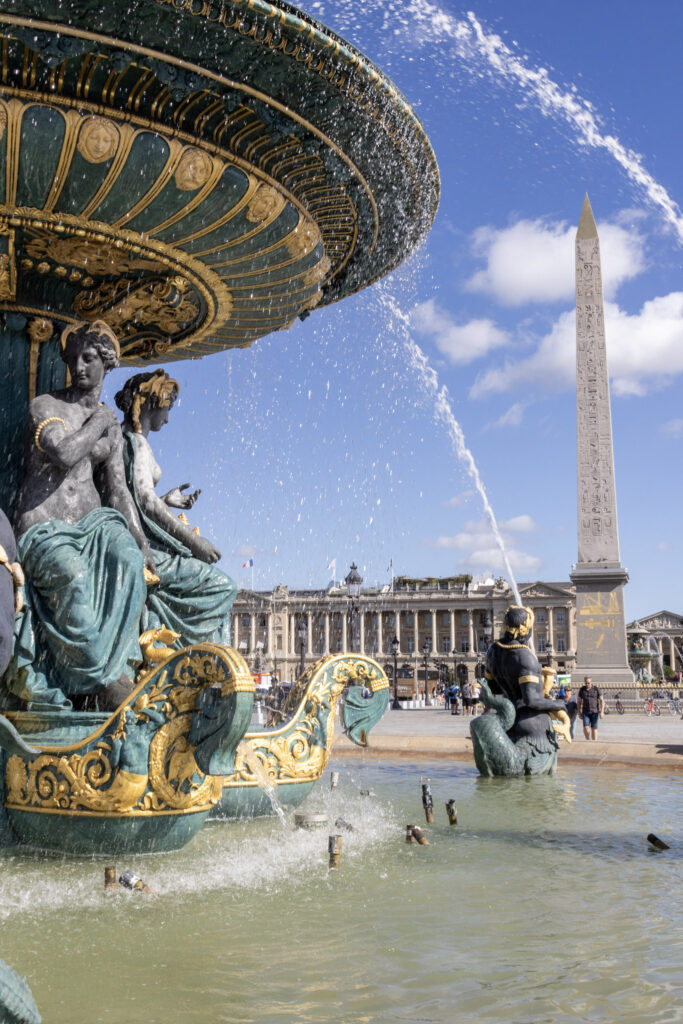
“Paris est une poubelle !” (Paris is a trash can!) my husband’s Parisian uncle scoffed when we informed him that we were taking a few days after a family wedding to explore a city that we’d been to nearly 30 times before.
I credit Paris with defining the course of my life. It was the first major city I visited at age 16– leaving the vast corn fields of Iowa to a city compact of narrow alleyways with a faint scent of sewage, with picnics and lovers along the Seine, an Eiffel Tower sparkling at the strike of midnight. Paris was like nothing I had ever seen, a family member once comparing Paris to “New York on steroids”.
Paris has a hold on my heart because it happened to be that destination that made me forget my adolescent distresses back home – the location that spurred my desire to learn French and eventually move to France.
Paris cradled me in its centuries-old arms when life threw heartache, job insecurity and distraught thoughts of the future my way. For all the beauty Paris opened my world to, it also was there to introduce me to the ugly. And yet I still always want to go back. Paris was my old friend, the one who knew my childhood scars, always making my favorite homecooked meal on my next visit.
I sometimes even found myself getting protective of Paris when other privileged white girls wanted to “find themselves” in France. “Hey – Paris is my city, okay?” I thought to myself. Who did I think I was? Napoleon?
With over 17 million visitors each year, so many love Paris because of just that- it is a place that stays with you, creating a unique story for everyone who passes by.
This guide is a living document – one that I will continuously update with unique recommendations (including both Paris classics and less touristy destinations) to add to your itinerary to the City of Light – whether it’s your first visit, or if you find yourself on one of many returns.
- Strolls Worth Getting Lost On
- Montmartre
- Le Marais
- Le Jardin des Tuileries
- Picnic along the Seine
- Hidden Halls and Masterpieces
- Musée Carnavalet
- Musée Gustave Moreau
- Petit Palais
- Musée d’Orsay
- Musée du Louvre
- Meals to Write Home About
- Le Train Bleu
- La Grande Mosquée de Paris
- Le Minet Galant
- Parcelles
- When Paris Puts On Her Heels
- Crazy Horse
- Mondaine de Pariso
- Caveau de la Huchette
Strolls Worth Getting Lost On
Montmartre
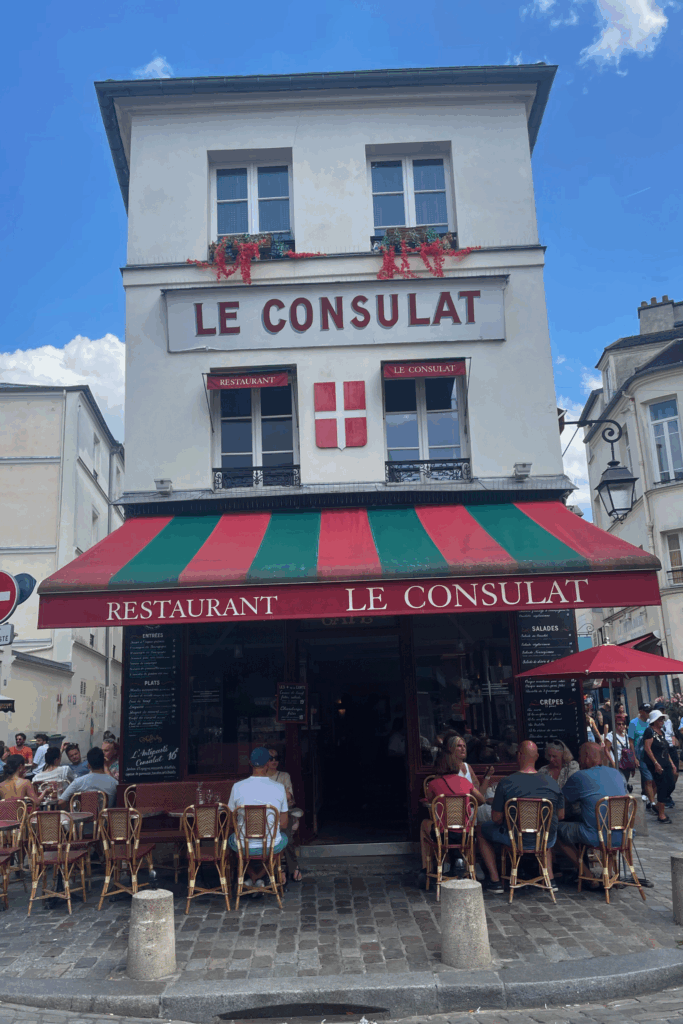
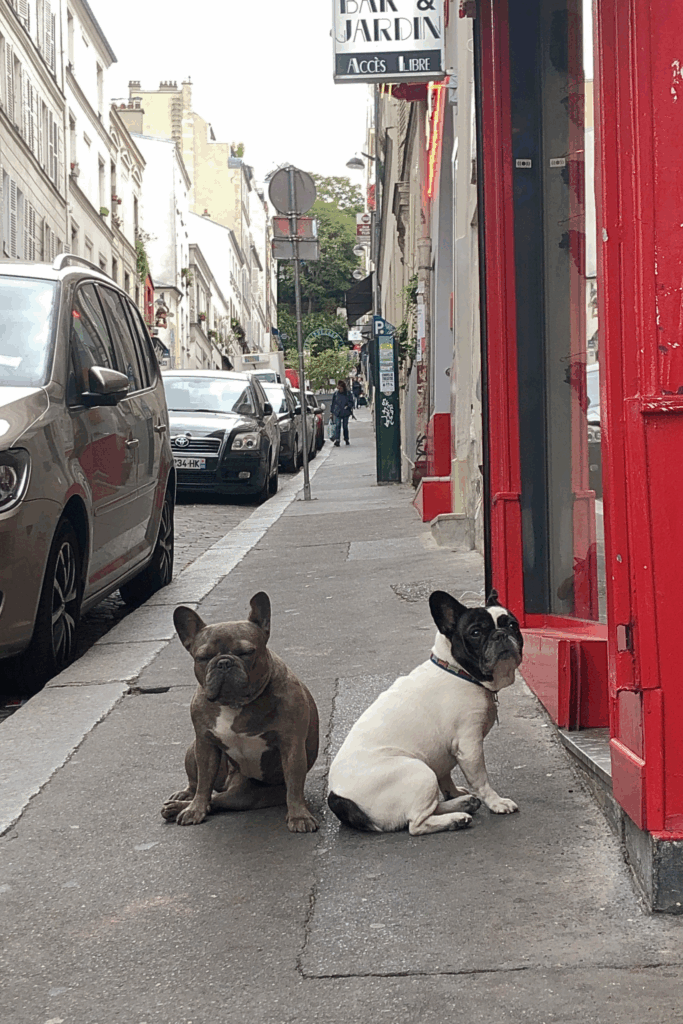
Tourists have replaced the groups of cabaret dancers and artists trying to scrape by financially who once called Montmartre home. And while you can buy a beret in any color of choice or buy a poster of Le Chat Noir in many of the small kiosks along the cobblestone streets, its charm rests nevertheless intact.
In the beginning, Montmartre was not a part of Paris. Sitting atop a hill reached today by 197 steps, it escaped Haussmann’s renovation of Paris, which claimed that Paris had become too dark and overcrowded, a place for fungi to thrive. While Paris got an extreme makeover, Montmartre stayed distant-soon beckoning the working class and families who could no longer afford to live in the city center.
The neighborhood does feel like stepping back in time – artists still paint portraits of passing tourists in the bustling Place du Tertre, the red lit windmill of the Moulin Rouge glows at night, and the steps leading to Sacré-Cœur are the keepers of the best view in the city.
The neighborhood feels so quintessentially Parisian that it has appeared on screen countless times, including An American in Paris (1951), Funny Face (1957), The 400 Blows (1959), Amelie (2001), Inglorious Basterds (2009), and Midnight in Paris (2011).
Le Marais
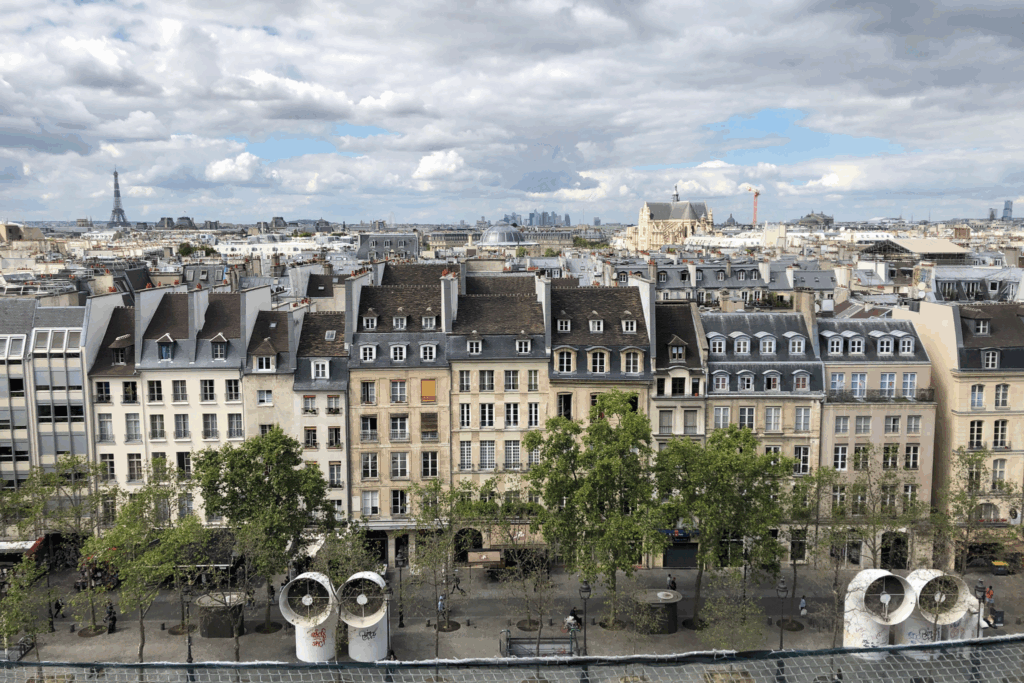
The world’s best hair, fashion, theater, design — and humor — I’ve usually found in my gay friends. Paris’s LGBTQ+ neighborhood is no different: it’s simply the best.
Le Marais, which literally means “the swamp,” was just that in medieval times. Later it became Paris’s Jewish Quarter, a legacy still visible today in the kosher restaurants, boulangeries, and charcuteries lining its streets.
By the 16th and 17th centuries, the Marais was the neighborhood of choice for French aristocrats, who built grand mansions that now house cultural treasures like the Musée Carnavalet and the Musée Carnavalet.
Neglected in the 1960s, the district was reclaimed in the 1970s and 80s by the LGBTQ+ community, who opened shops, bars, and cafés. Its history as a refuge for marginalized groups has turned the Marais into a symbol of inclusion. Today, with its art galleries, hip cafés, and the Centre Pompidou at its edge, the Marais is often likened to the Soho of Paris — chic, creative, and always evolving.
Le Jardin des Tuileries
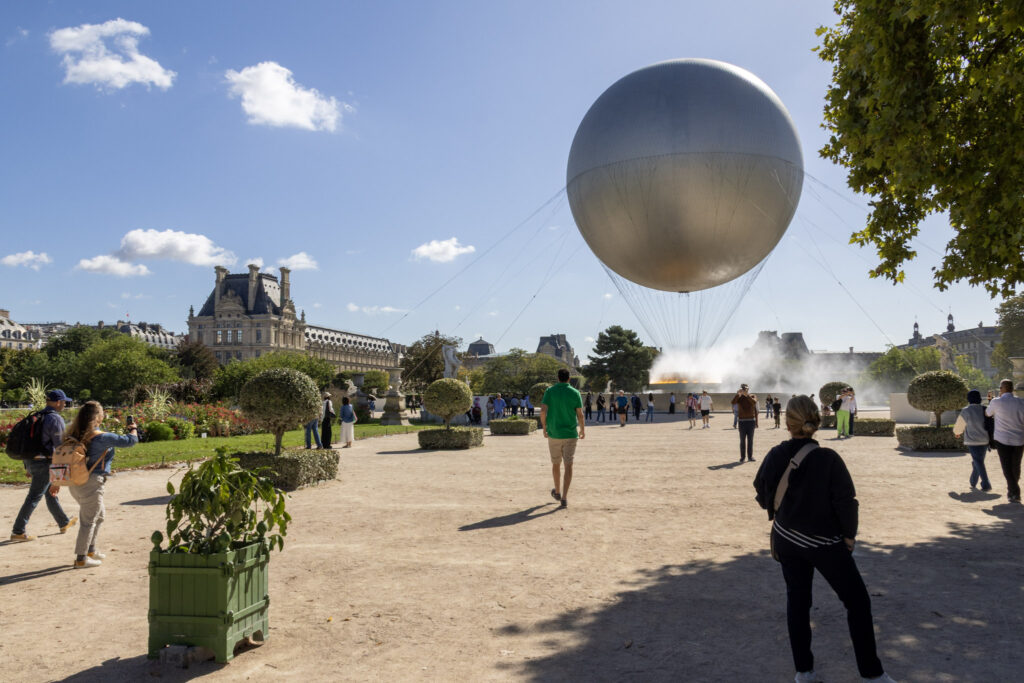
Fed up with an oppressive government, the French set fire to the Tuileries Palace in 1871, which had served as royal residence for monarchs including Henri IV, Louis XIV, and later Napoleon Bonapart. While only fragments are stored in the Louvre, the garden, designed by French landscape architect André Le Nôtre, also responsible for the design of the gardens of Versailles, remains intact.
The Tuileries gardens are dotted with mythological statues – Minotaur, Vertumnus-the Roman God of gardens, plants and fruit trees,or Artemis, Goddess of the wilderness and wild animals (art enthusiasts may view the full list of statues in the Tuileries here).
Most striking today, however, is the golden sphere that hovers over the central basin. During the 2024 Paris Olympic Games, this helium balloon became the Olympic cauldron. In keeping with the city’s sustainability goals, its “flame” was not fire at all, but light projected through a cloud of mist.
Picnic along the Seine
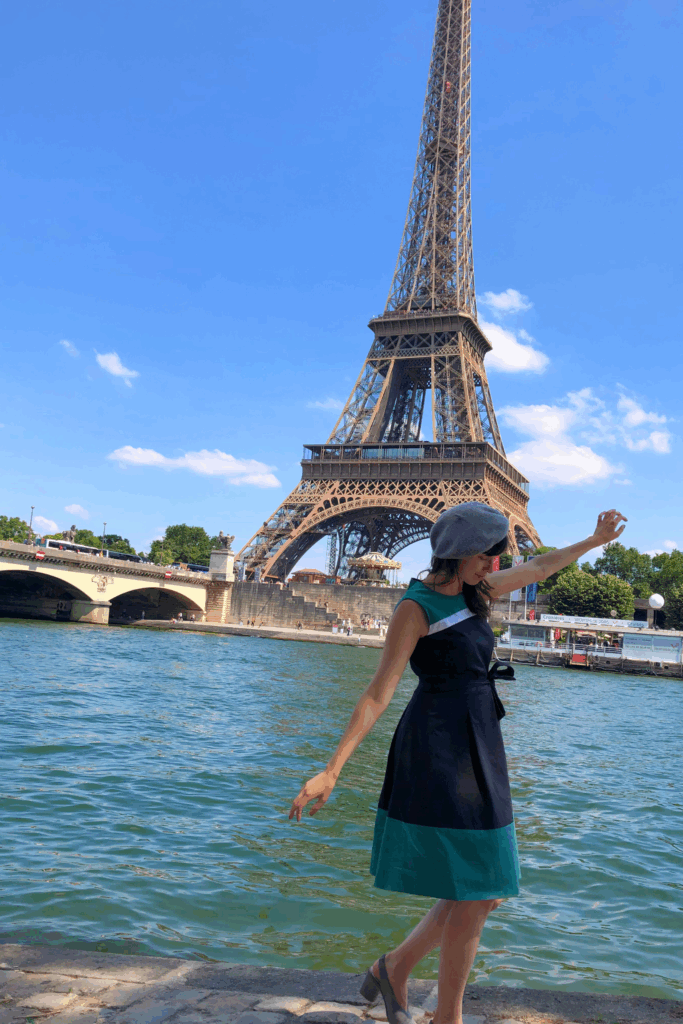
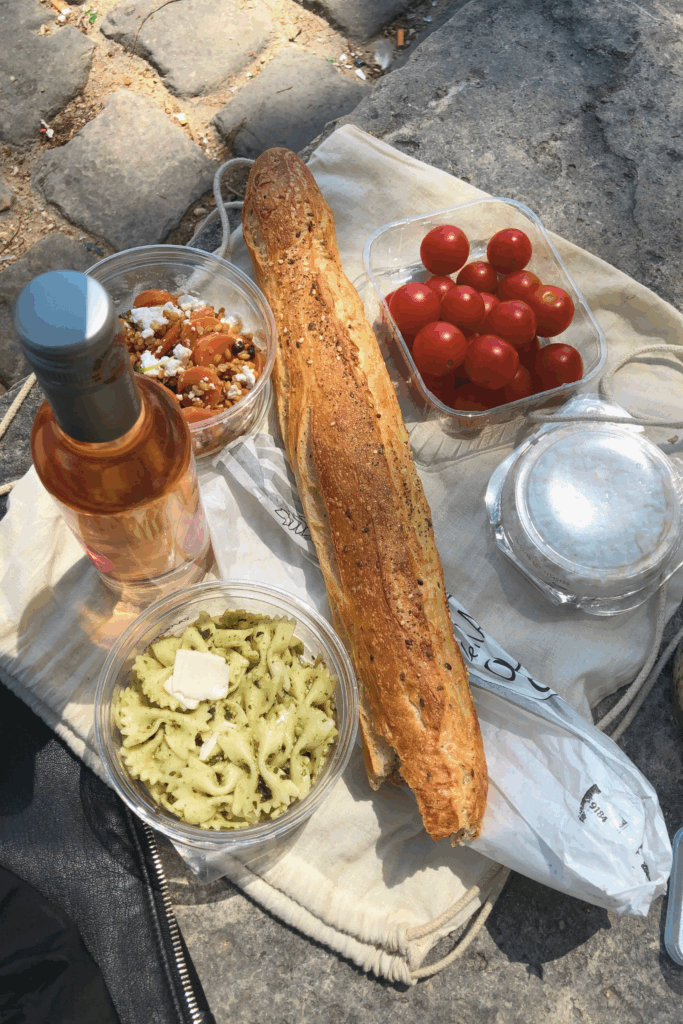
La Seine has provided inspiration for artists from Claude Monet to Vanessa Paradis. The banks of the river are ideal for dancing (salsa and tango nights regularly take place at Jardin Tino Rossi and a Facebook group of swing dancing nights may be accessed here).
And if you are in the mood to catch up with friends or read peacefully to yourself, waving to smiling tourists in the bateaux mouches as they pass by, the Seine is an ideal spot to picnic. As of 2025, you can also now swim in designated spots along the river, however I haven’t yet been brave enough to try…
Hidden Halls and Masterpieces
Musée Carnavalet
A box of Marie Antoinette’s hair and the desk at which Marcel Proust wrote In Search of Lost Time, le Musée Carnavalet is a gem for those who are deeply moved by history.
The entrance of the museum welcomes visitors with one of the rare remaining bronze sculptures of Louis XIV following the French Revolution. While small in comparison to the Louvre or the Musée d’Orsay, the Musée Carnavalet boasts that it is the oldest museum dedicated to the history of Paris, covering its prehistoric origins to the present day.
The idea for such a museum came from Georges-Eugène Haussmann, the city planner behind Paris’s grand 19th-century transformation under Napoleon III. While the project was underway, its future collection was stored in the Hôtel de Ville — only to be destroyed when the building was set ablaze during the Paris Commune of 1871. Today the door to the Hotel de Ville is on display, edges burnt from the fire.
With time, the collection was rebuilt, officially opening in 1880. The Musée underwent extensive renovation from 2016 to 2021, in which 60% of objects in storage were put out on display. The Carnavalet Museum has the largest collection of artifacts from the French Revolution in the world – including a model guillotine and Marie Antoinette’s slipper (her dainty feet were so small!)
Free to enter, the Musée Carnavalet makes for a captivating stop while wandering the Marais — even if only to enjoy a coffee in its serene courtyard.
Address: 23 Rue de Sévigné, 75003 Paris | Website: https://www.carnavalet.paris.fr/en
Musée Gustave Moreau
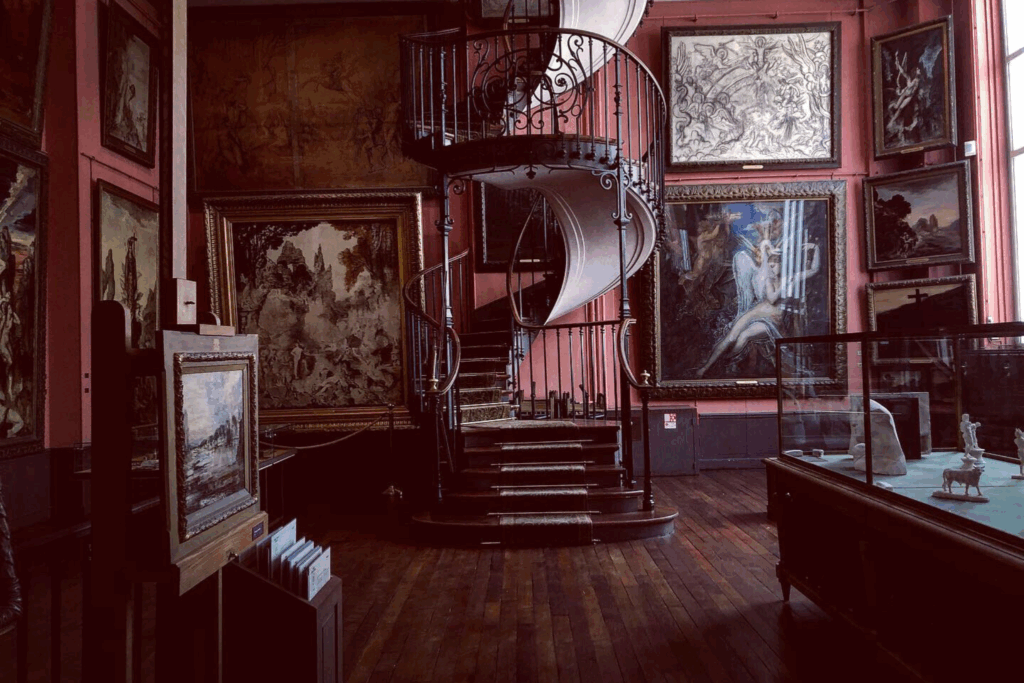
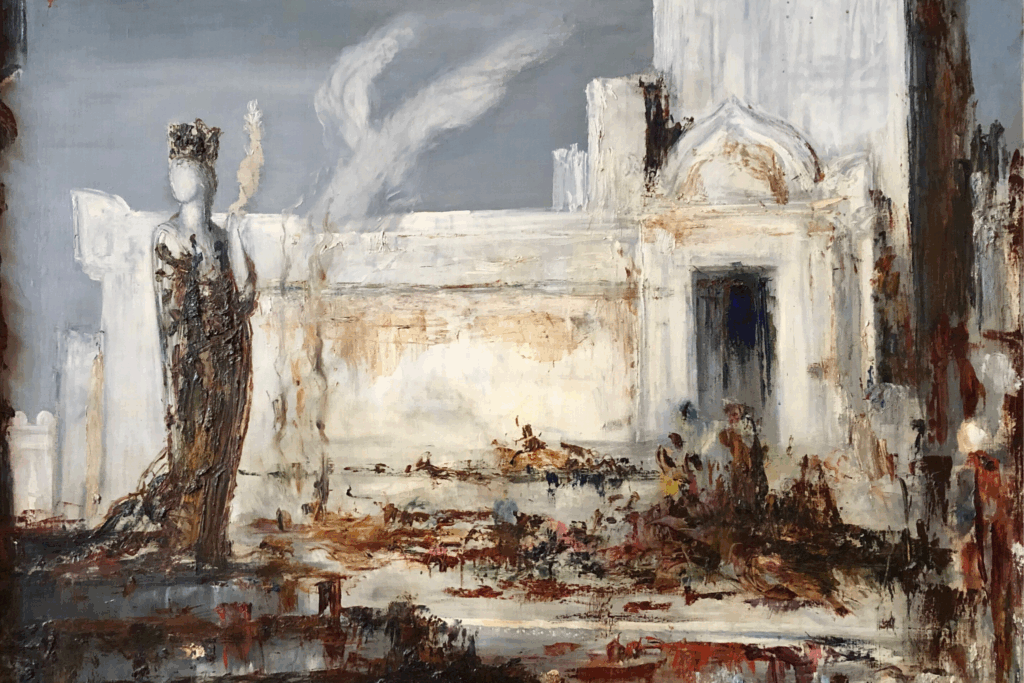
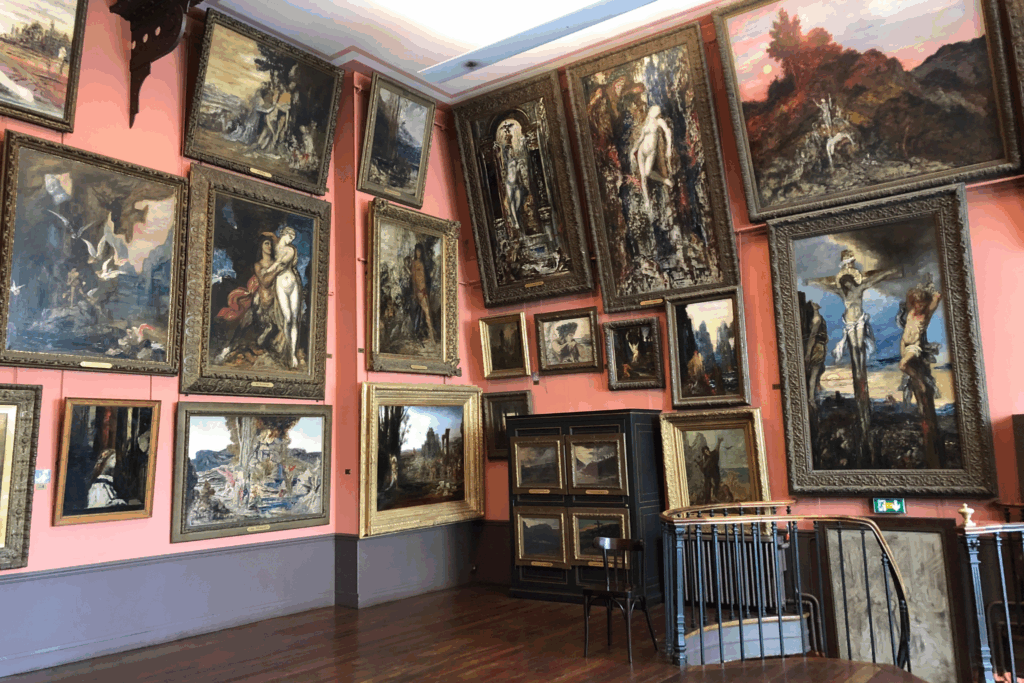
While symbolist paintings often feel dreamlike, Gustave Moreau’s work borders on the hallucinatory. Tucked away in Montmartre, his former family home is now a small museum with salmon-pink walls and a spiraling staircase — once beloved by Salvador Dalí and André Breton.
During his lifetime, Moreau lived in relative seclusion, treating art as a kind of priesthood. Overlooked in the early 20th century, he was later hailed in the 1960s and 70s as the father of symbolism. His ambition was to create paintings in which the soul could lose itself — dreamscapes filled with strong female figures drawn from myth and the Bible.
Address: 14 Rue Catherine de la Rochefoucauld, 75009 Paris | Website: https://musee-moreau.fr/en
Petit Palais
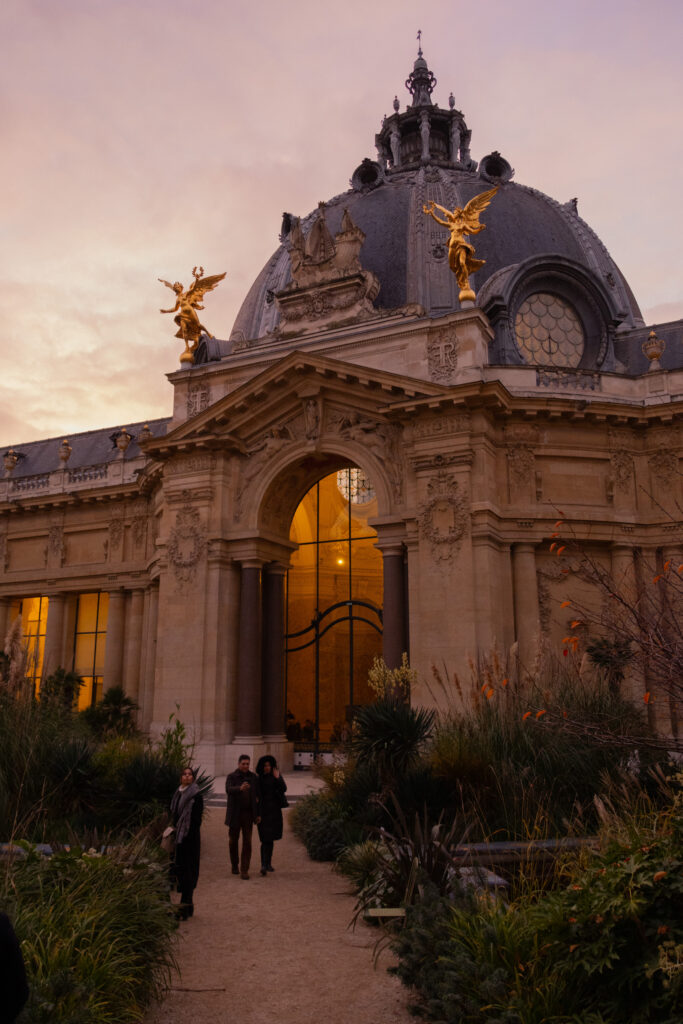
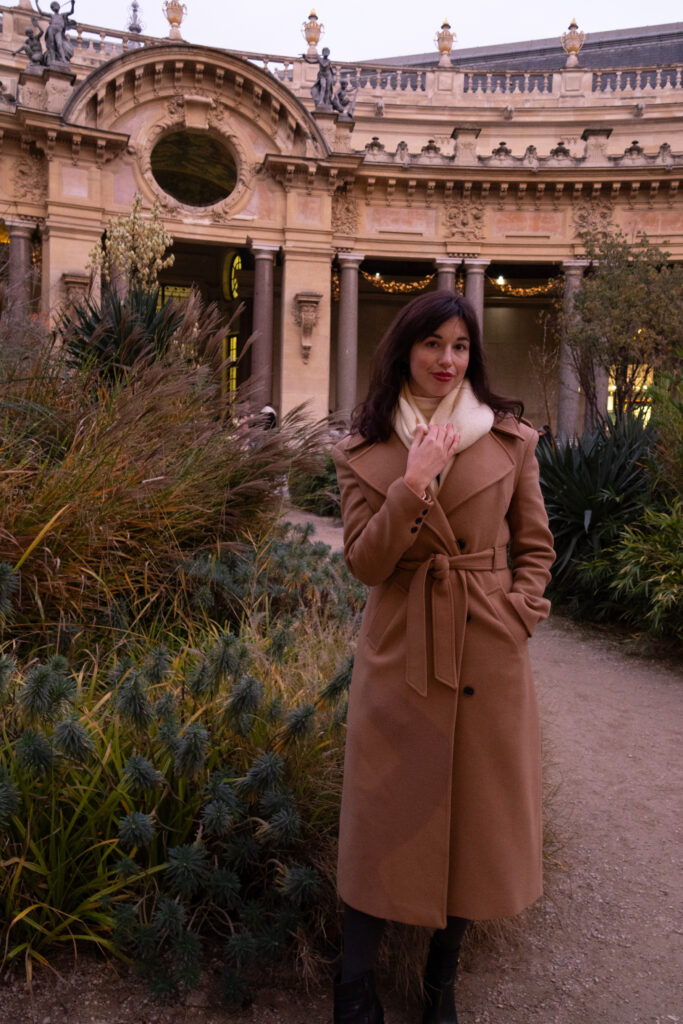
Just steps from the Champs-Élysées — whether crowded with tourists laden with luxury bags or echoing with the chants of protestors — the Petit Palais feels like a hidden urban oasis. Best of all, entry is completely free.
Opened during the 1900 World’s Fair, le Petit Palais was presented as an ensemble with two additional architectural phenomena: it’s sister the Grand Palais as well as the Pont Alexandre III. The permanent collection is easily visited with in an hour, unlike its counterparts the Louvre or Musée d’Orsay, and houses pieces from the Antiquity to early 20th century, including works from French art legends Monet and Cezanne.
Address: Av. Winston Churchill, 75008 Paris | Website: https://www.petitpalais.paris.fr/en
Musée d’Orsay
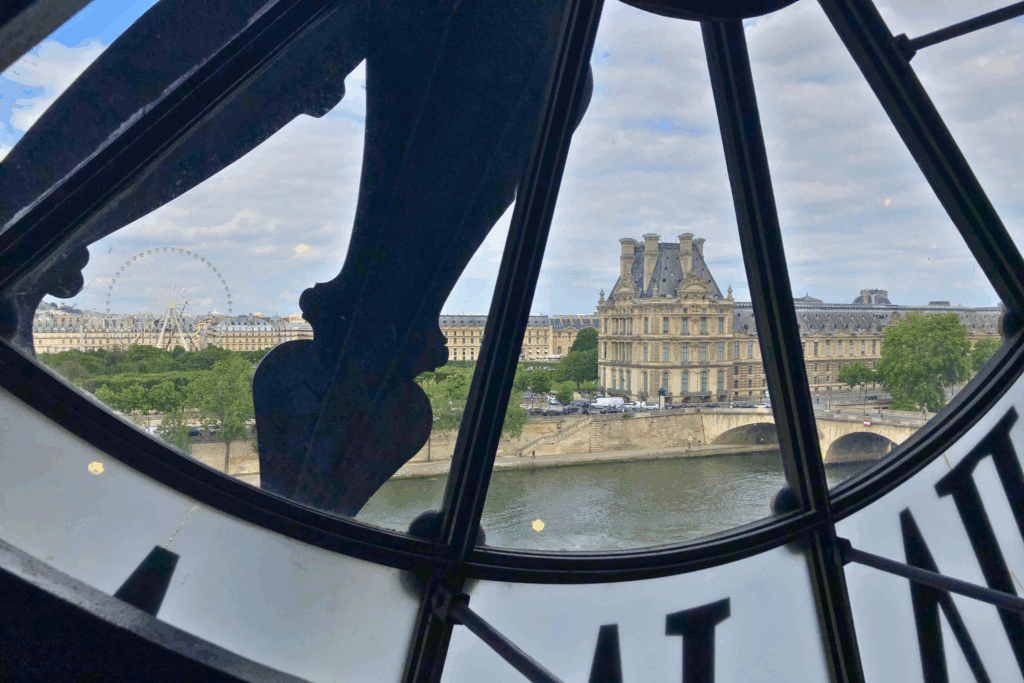
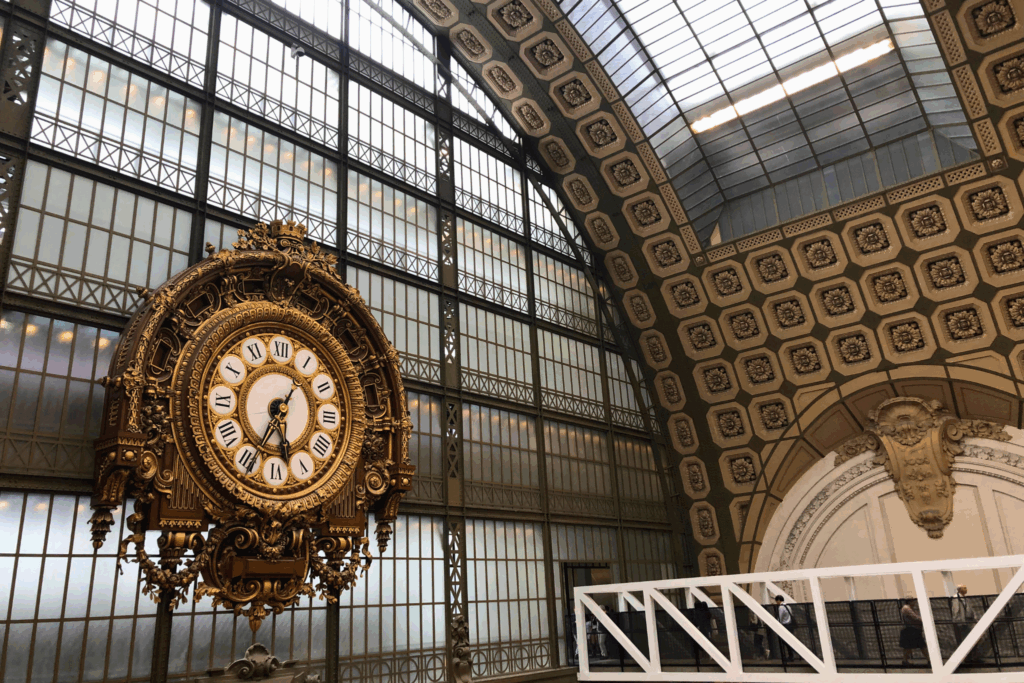
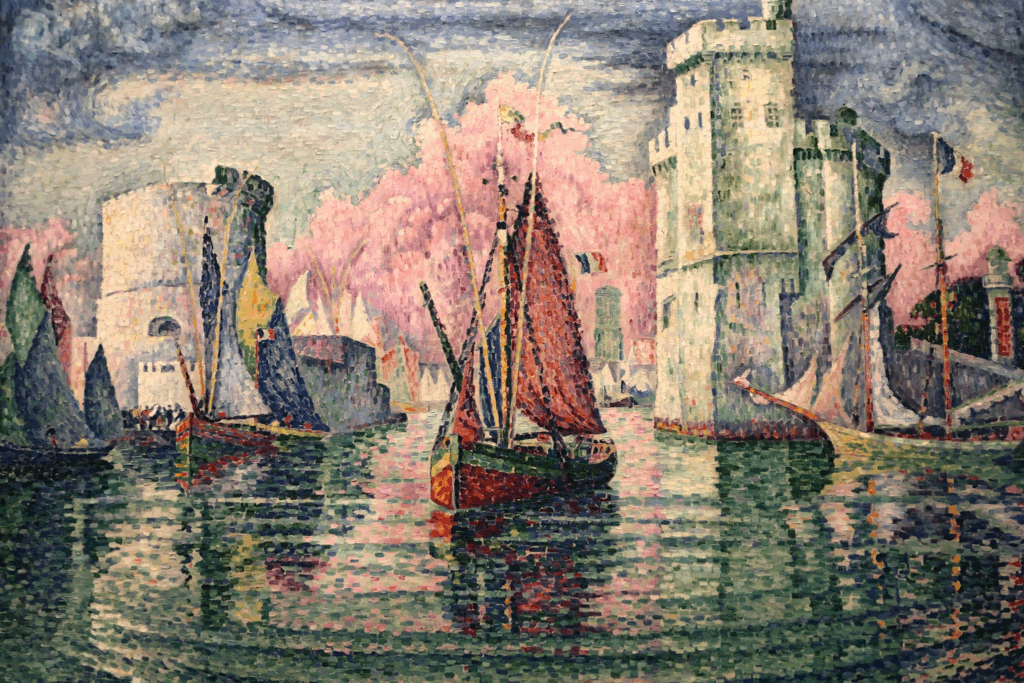
As someone who romanticizes train travel, the Musée d’Orsay is on my list of type museums to visit in Paris. The space was transformed into a train station to welcome visitors to the 1900 Paris Exposition(which included other lasting monuments such as the Grand Palais, the Petit Palais, and Pont Alexandre III), only to be converted into a museum in 1986. Even today, the space feels very much like stepping into a grand station, its vast hall presided over by a luminous golden clock and flanked by rows of sculptures where passengers once awaited their trains.
Unlike the sprawling Louvre, the d’Orsay can be comfortably explored in a single day. Beyond its clocktower café, the museum is world-renowned for its Impressionist masterpieces, from Édouard Manet’s Luncheon on the Grass to Renoir’s festive Bal du Moulin de la Galette.
Address: Esplanade Valéry Giscard d’Estaing, 75007 Paris | Website: https://www.musee-orsay.fr/en
Musée du Louvre
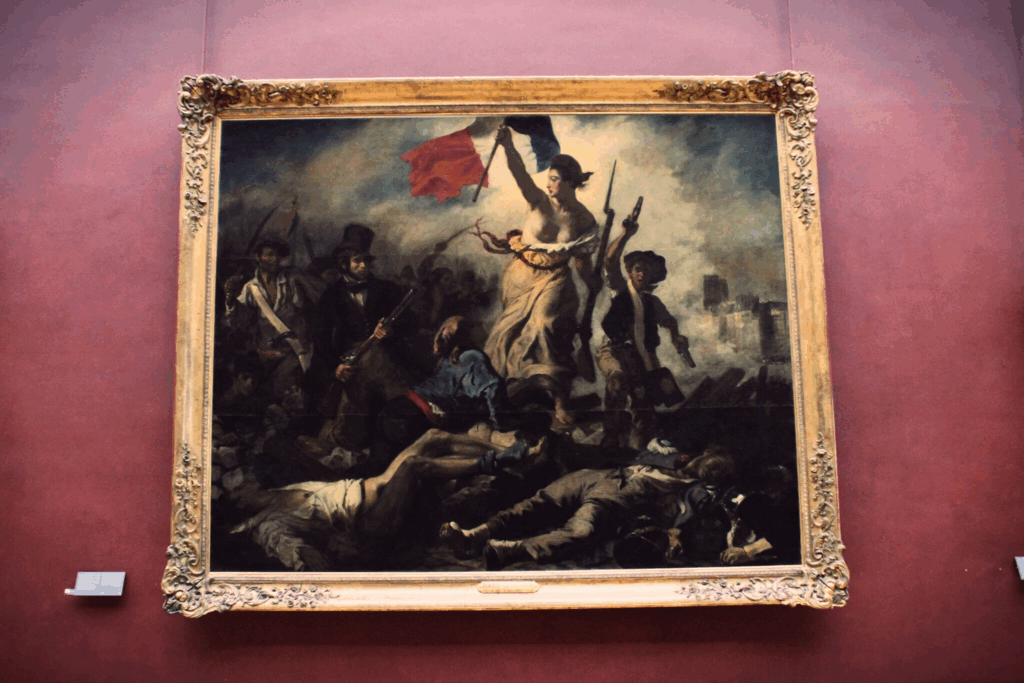
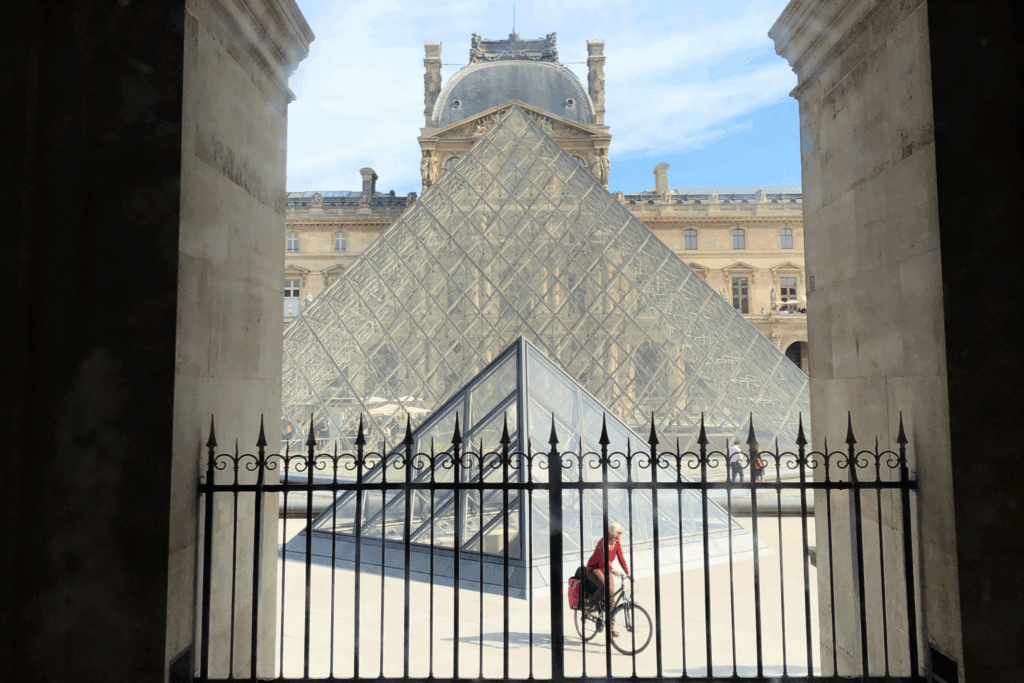
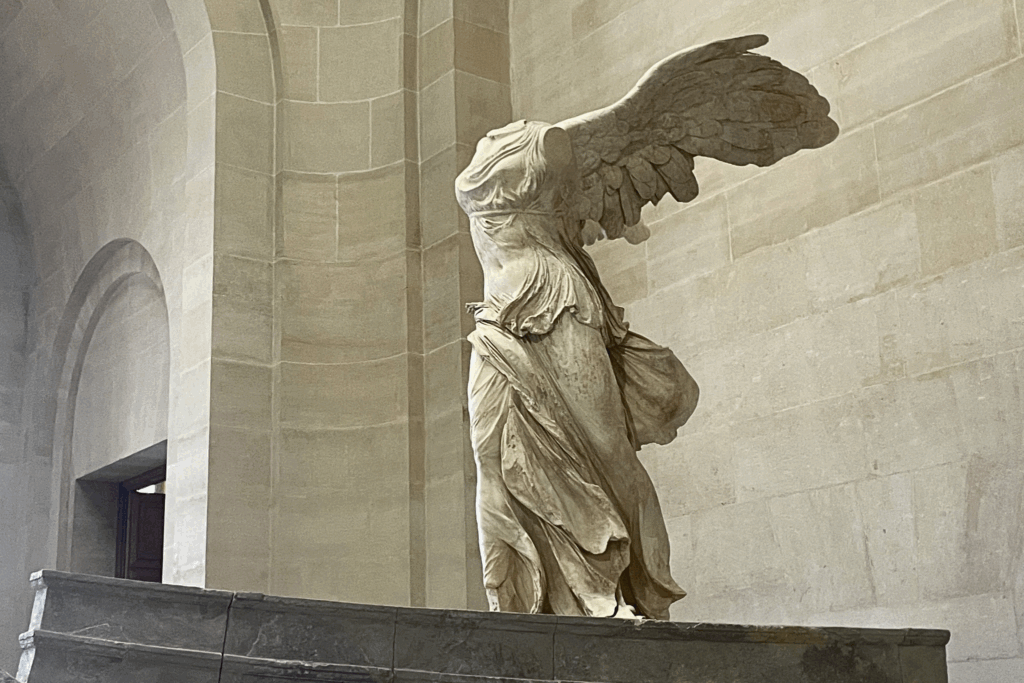
As with popular wedding songs, the Louvre is a bustling tourist destination for good reason. First, it’s vast surface area (73,000m²) makes it the largest museum in the world. The Louvre houses 500,000 objects, however only some 35,000 are on display at any given moment. The collection expanded from its initial 537 objects much in part to Napoleon’s conquests and looting throughout Europe, Egypt and Syria.
Tourists travel from all over the world to crowd around the Mona Lisa, which will soon have her own dedicated room and ticketing office. However, the museum is filled to the brim with masterpieces – my personal favorites being Eugene Delacroix’s Liberty Leading the People or Italian sculptor Antonio Canova’s Psyche Revived by Cupid’s Kiss.
The Louvre would take weeks, if not months, to explore in detail. I wholeheartedly believe that the museum is best viewed with a guide, who will help you maneuver the crowds and to learn something about art history that will hopefully inspire and stay with you after leaving Paris.
Address: 8 rue Sainte-Anne, 75001 Paris | Website: https://www.louvre.fr/en
Meals to Write Home About
Le Train Bleu
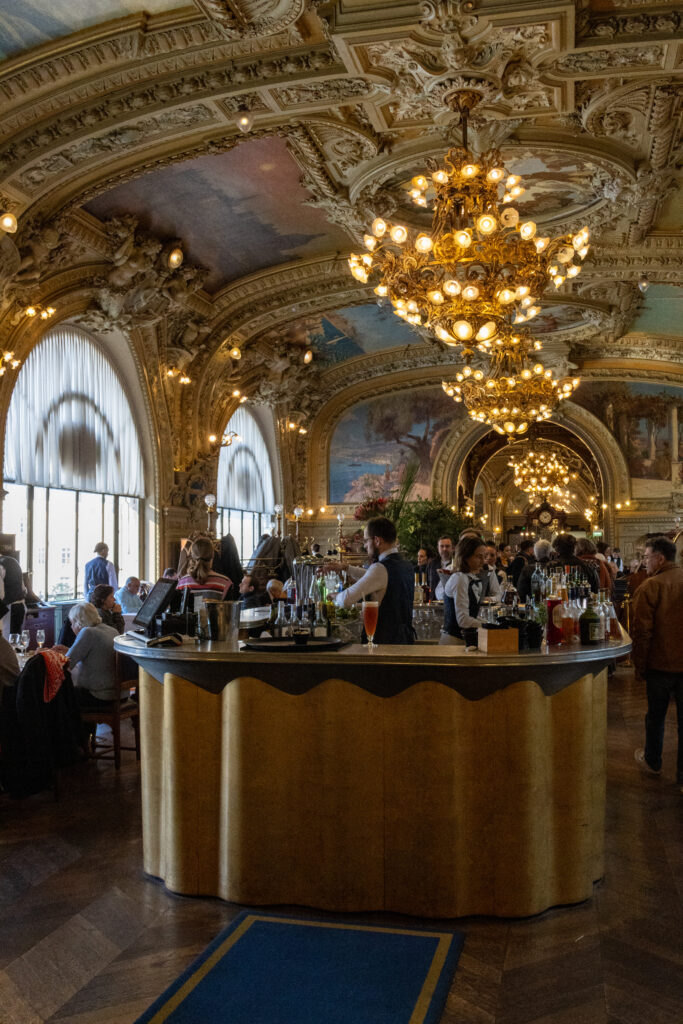
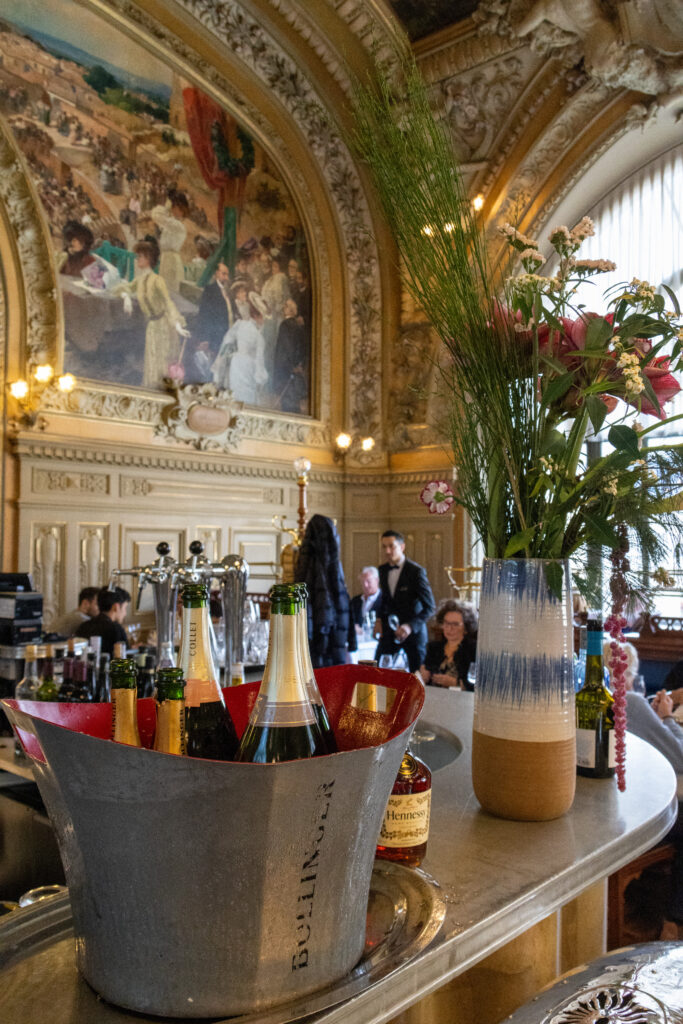
For years I lugged heavy bags and rolled dirty-wheeled suitcases through Paris’s Gare de Lyon railway station. Little did I know that that beyond the concrete walls was a staircase in Hall 2 leading up to a restaurant fit for a novel.
Le Train Bleu looks like the inside of a music box. It’s sugar and spice and everything nice- a figment of every little girl’s princess fairytale. It gives travelers a peak into the ornate architecture that fills every crack and cranny within the city before them. A glimpse into the underbelly of the Louvre. A bite of luxury, without the pretentious aftertaste.
The restaurant was first inaugurated during the Universal exhibition in 1900, which brought international attention to the Art Nouveau style. Those who pass through its revolving doors are often caught by surprise at the drastic difference from concrete slab and iron rails to a golden treasure trove. The decor is based on the 1868 Train Bleu luxury line, which descended from Paris to the Cote d’Azur, chugging along the Mediterranean Sea.
Seating 250, the restaurant pays tribute to the Blue Train’s legendary line with dishes curated by invited Michelin star chefs, inspired by the railway’s former destinations. The Belle Époque folklore is not only found on the plate, but also on the ceiling, with 41 paintings depicting passing French landscapes whilst traveling by train.
Throughout the 20th century, le Train Bleu became a crowd favorite, including for stars such as French actress Brigitte Bardot, designer Coco Chanel, and artist Salvador Dali, to name a few.
Address: Gare de Lyon, Pl. Louis Armand hall 1, 75012 Paris | Website: https://www.le-train-bleu.com/en/
La Grande Mosquée de Paris
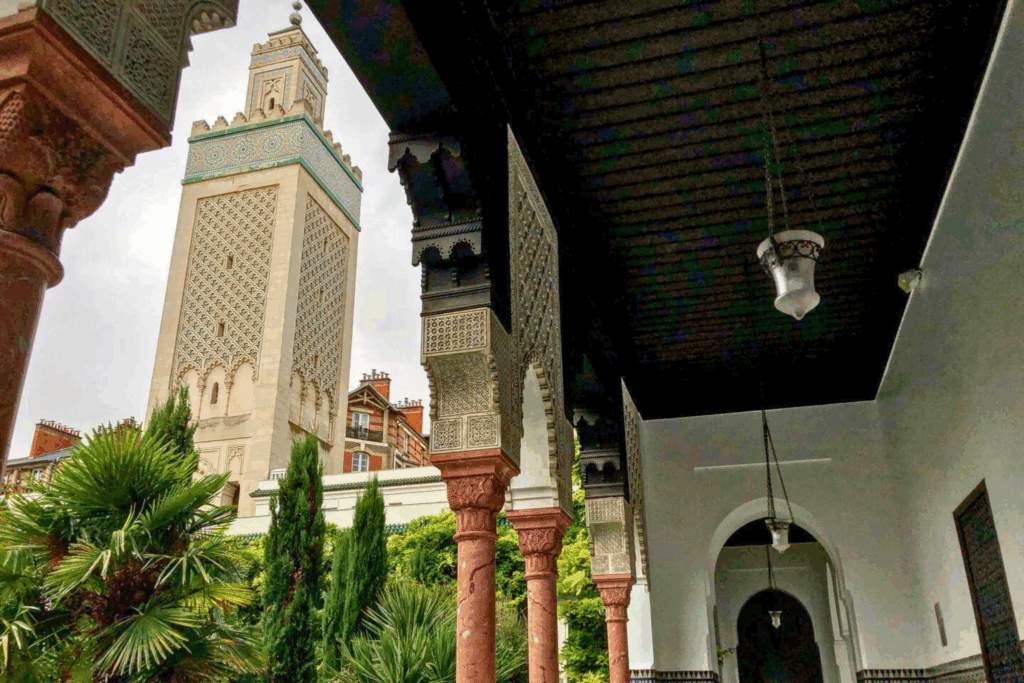
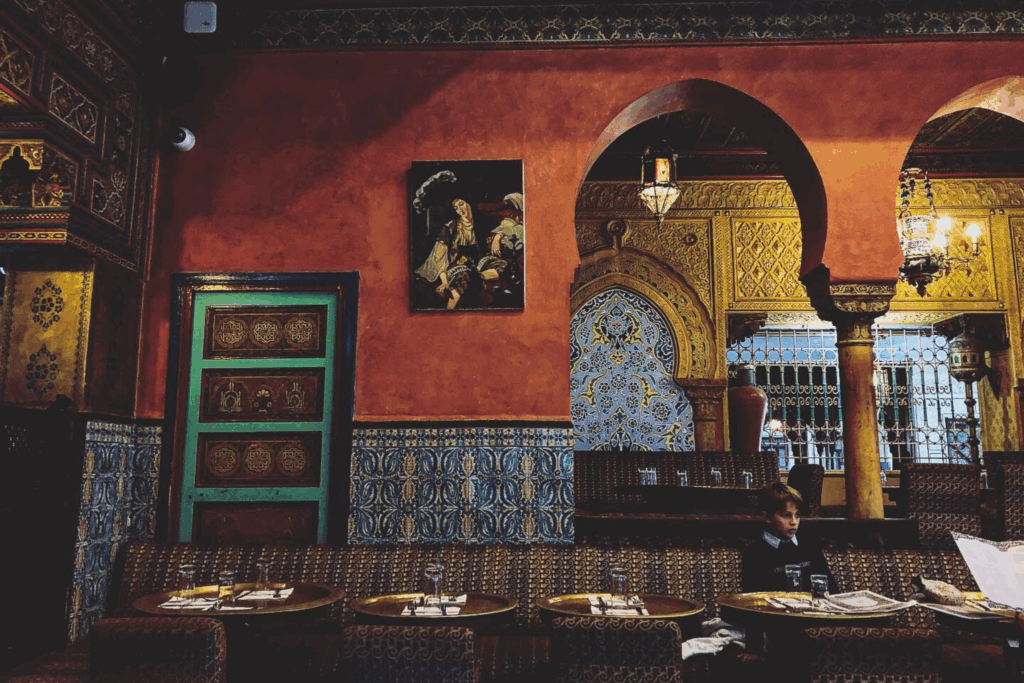
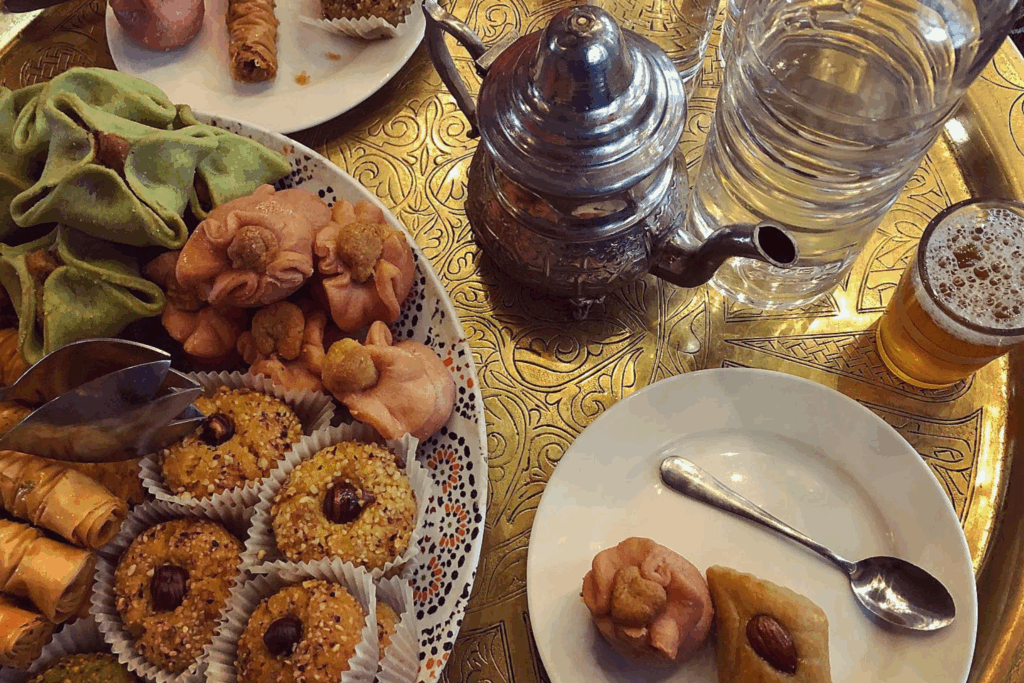
Most come to the Grande Mosquée de Paris to pray. We came for couscous.
Established in 1926, the mosque is the oldest that is still used as a place of worship. Following the devasting loss of life and economic repercussions of WWI leaving a “lost generation” in France, the Grand Mosque of Paris was built to pay tribute to the Muslims who fought within France’s Armed Forces. When France needed soldiers, it turned to its colonies, recruiting approximately 200,000 soldiers from North and Sub-Saharan Africa.
Throughout its history, the mosque has actively participated in efforts to promote interreligious dialogue. During the WWII, its underground chambers hid members of the Resistance and Jewish families, even producing false identity papers. In more recent years, its rector has been received by the former Pope Francis at the Vatican and took part in the reopening ceremony of Notre Dame Cathedral in 2024.
Today, the mosque is a peaceful oasis in the bustling Latin Quarter. Despite its central location, few tourists wander among its turquoise mosaics and quiet garden. I find this spot one of the most special places in Paris. And then there’s the restaurant — a brief escape to Morocco, where slow-cooked lamb tajine and couscous simmered in broth are followed by flaky pastries of orange blossom and almond.
Address: 2bis Pl. du Puits de l’Ermite, 75005 Paris | Website: https://www.grandemosqueedeparis.fr/
Le Minet Galant
The Minet Galant serves the food that you have been dreaming of eating in Paris.
Drenched from the rain, we walked into the Minet Galet with soaked sweatshirts and dirty sneakers, surprised to see families and couples dressed to the nines.
The dimly lit space is intimate – soft golden lights shining on navy-blue dining booths- a romantic setting for les amoureux. We were sandwiched in-between two solo travelers, both enjoying traditional French cuisine. We could smell our neighbor’s garlic and butter-filled snails and creamy blanquette de veau. We shared a bottle of red wine and ordered two of the French onion soup – one that still finds its way back to my culinary dreams.
Named after a hotel in the 1907 French play La Puce à l’Oreille, the family-owned restaurant is a stone’s throw away from the Théâtre des Bouffes-Parisiens and prestigious Palais Garnier, making it a perfect way to begin your evening before or after a performance.
Address: 8 Rue Monsigny, 75002 Paris | Website: https://www.leminetgalant.com/en/
Parcelles
For wine lovers, Parcelles is a must on any Paris itinerary — praised for its organic selections and standout Burgundy wines. Opened in 2021, in the midst of COVID, the restaurant quickly established itself as one of the city’s most coveted tables. Reservations fill with international visitors, yet Parcelles remains equally beloved by locals in the Marais, who come for its refined, yet affordable, bistro cuisine.
The menu is intentionally slim — always a promising sign when dining out, suggesting fresh, seasonal ingredients and carefully chosen dishes. On our visit, we tried the ris de veau — a delicacy best enjoyed without consulting Google beforehand. Sometimes it’s better to trust the chef, and simply savor.
Address: 13 Rue Chapon, 75003 Paris | Website: https://www.parcelles-paris.fr/en/
When Paris Puts On Her Heels
Crazy Horse
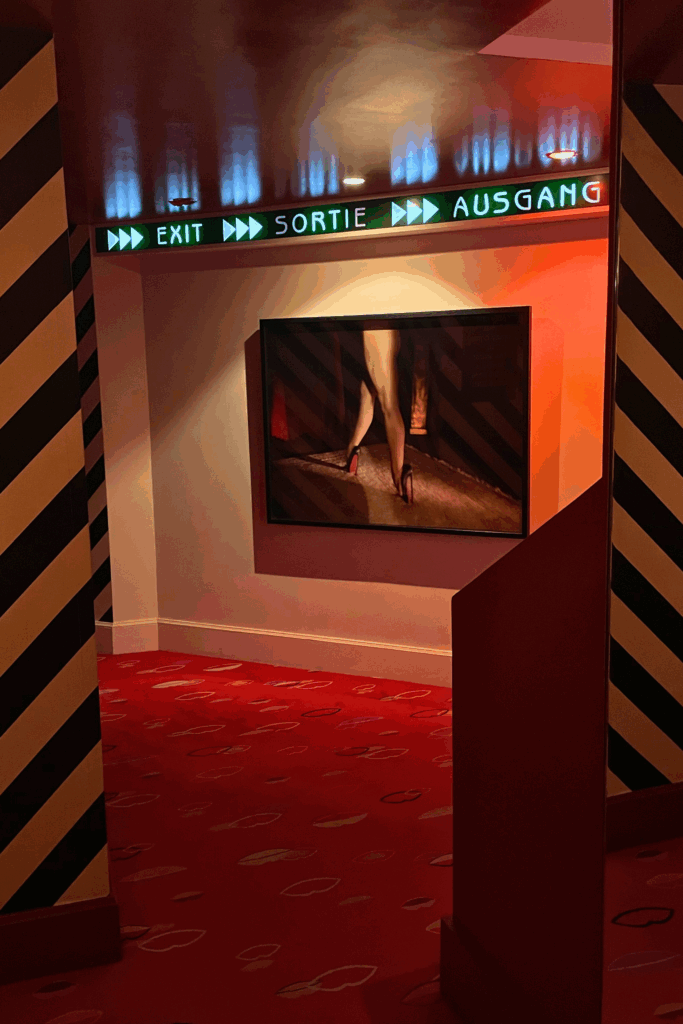
Tucked behind the Champs Elysée is a cabaret theater easily identified by a set of full red lit up lips on its exterior. The intimate space of 230 ruby red velvet cushioned seats is dimly lit beneath a red light, accompanied by pink champagne bottles.
As the curtains part, 12 professional dancers dressed in Royal Horse Guards uniforms, exposing breasts and long legs, begin to march. The act entitled “God Save Our Bare Skin” has been the theater’s opening since 1989. The choreography draws from authentic steps of the Royal Guard, of which one of Queen Elizabeth II’s officers traveled to Paris to support in the shaping of the act.
Les Crazy Girls are professionally trained, dressed primarily in lights and shadows. In an interview with former Crazy Horse dancer Starlette O’Ara in this podcast, the professionally trained ballerina shared that dancers sign a contract noting that they will not gain or lose more than 2 kg (approximately 4 lbs.) from their initial start weight. With two performances every night, and three on Saturdays, dancers must be disciplined. Stage director Svetlana Konstantinova shares in this interview that many dancers have strict classical ballet training, and need to “relearn dance” in an effort to “give their curves and sensuality the freedom to express themselves.”
Address: 12 Av. George V, 75008 Paris | Website: https://www.lecrazyhorseparis.com/en/
Mondaine de Pariso
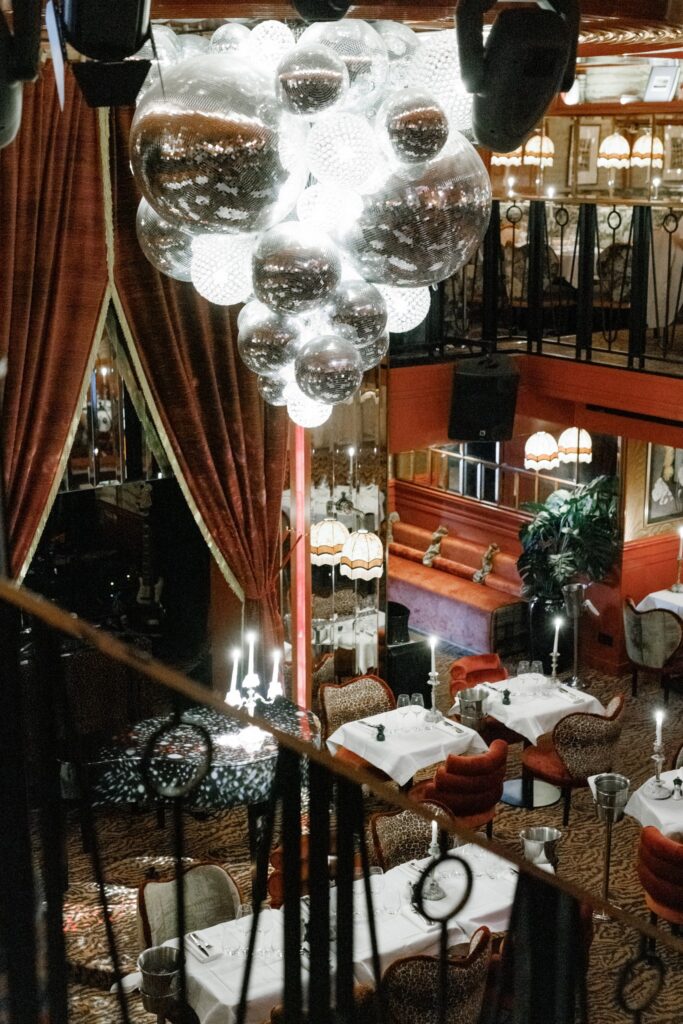
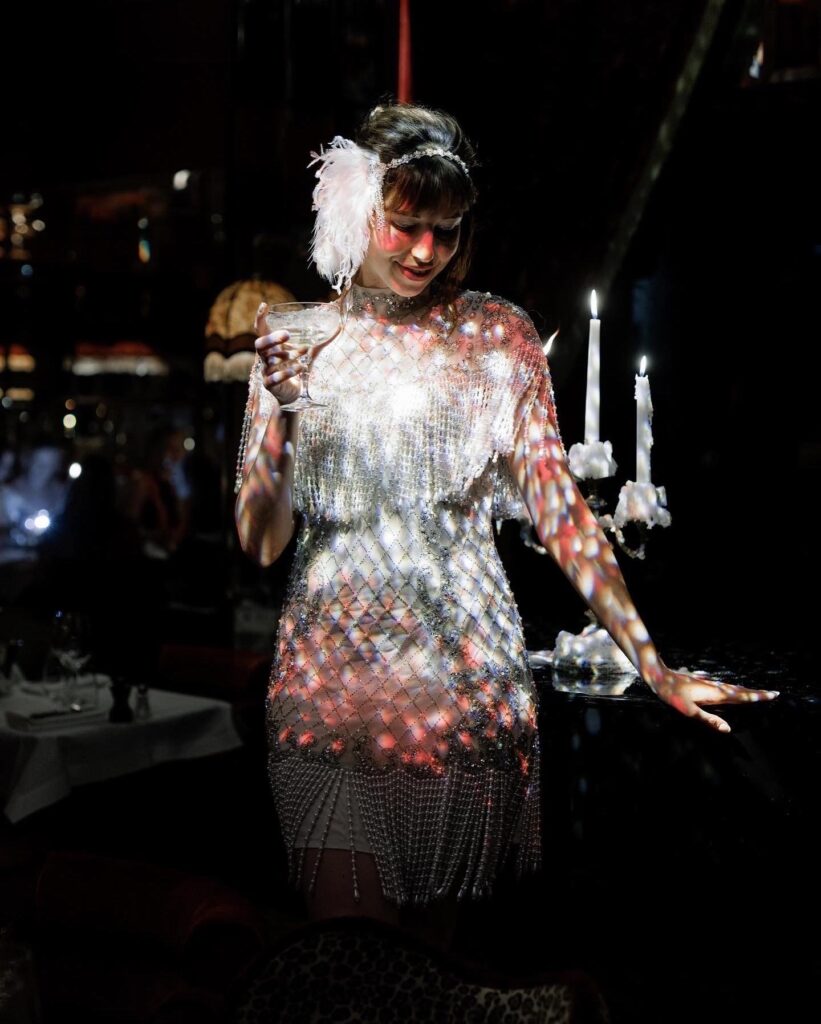
Mondaine de Pariso is a coveted watering hole for Instagram influencers. Opened in 2022, the festive restaurant is relatively new to the Parisian dining scene.
The dimly lit restaurant looks like a party at Gatsby’s, a suspended sculpture created from disco balls illuminating the space. Leopard print bar stools and vintage champagne glasses beckon the beautiful to toast in close corridors. Secondhand smoke hangs in the air, seeping in from a cornered off smokeroom, smelling like an Oklahoma casino. Wax candlesticks are placed upon a baby grand piano, with performances each night by singers adorned in feathers and sequins, reminiscent of early Parisian cabarets.
Mondaine de Pariso is a place to be seen- that place you can finally slip on that dress that you have nowhere else to wear it to.
Address: 23 Rue de Ponthieu, 75008 Paris | Website: https://mondaine-depariso.com/paris/
Caveau de la Huchette
One of the oldest jazz clubs in Paris, Caveau de la Huchette earned a brief but dazzling 40 seconds of fame in La La Land—its red neon sign glowing in the night as a trumpet blares, Emma Stone pausing before racing hand-in-hand with Ryan Gosling along the Seine.
Nicknamed the “Temple of Swing,” the club is tucked underground in the Latin Quarter, where a stone stairway leads to vaulted walls and a dance floor alive with lindy-hopping couples. Caveau de la Huchette also holds a special place in my heart: it’s where my friends took me for my bachelorette party. The band, thrilled to discover a bridal group in the crowd, surprised us with a live rendition of At Last by Etta James—unaware that it has long been one of my favorite songs.
Address: 5 Rue de la Huchette, 75005 Paris | Website: http://www.caveaudelahuchette.fr/2/
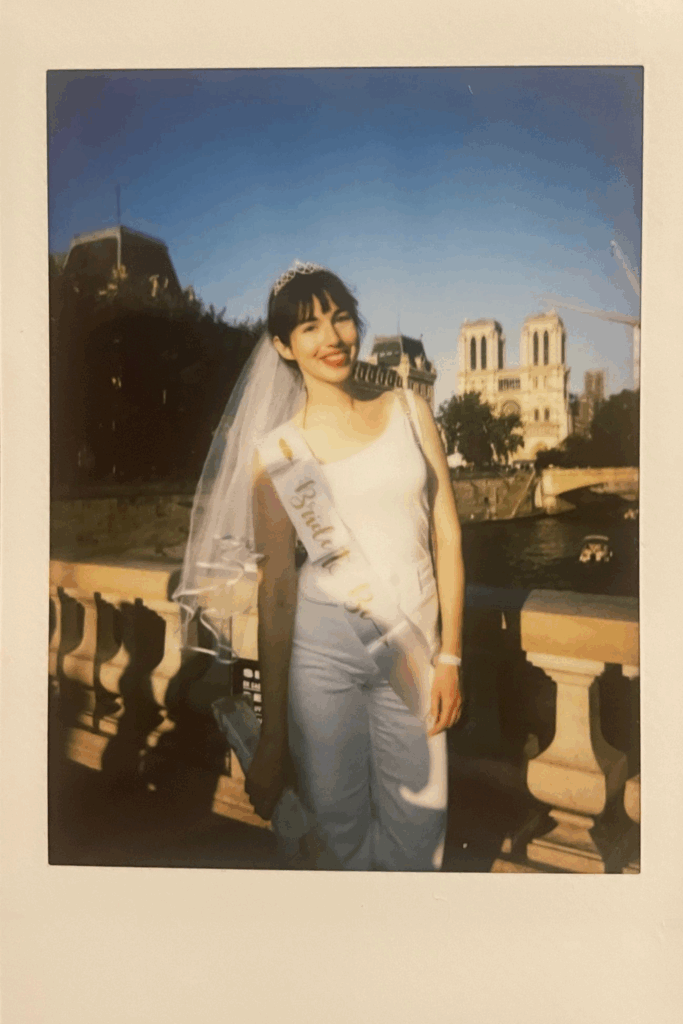

I truly love this article! I’m so excited for my next visit to Paris in April next year! I am definitely going to check out several of the places you’ve mentioned that I haven’t been to.
What will be even more fun is having you and Laurent for our travel guides!